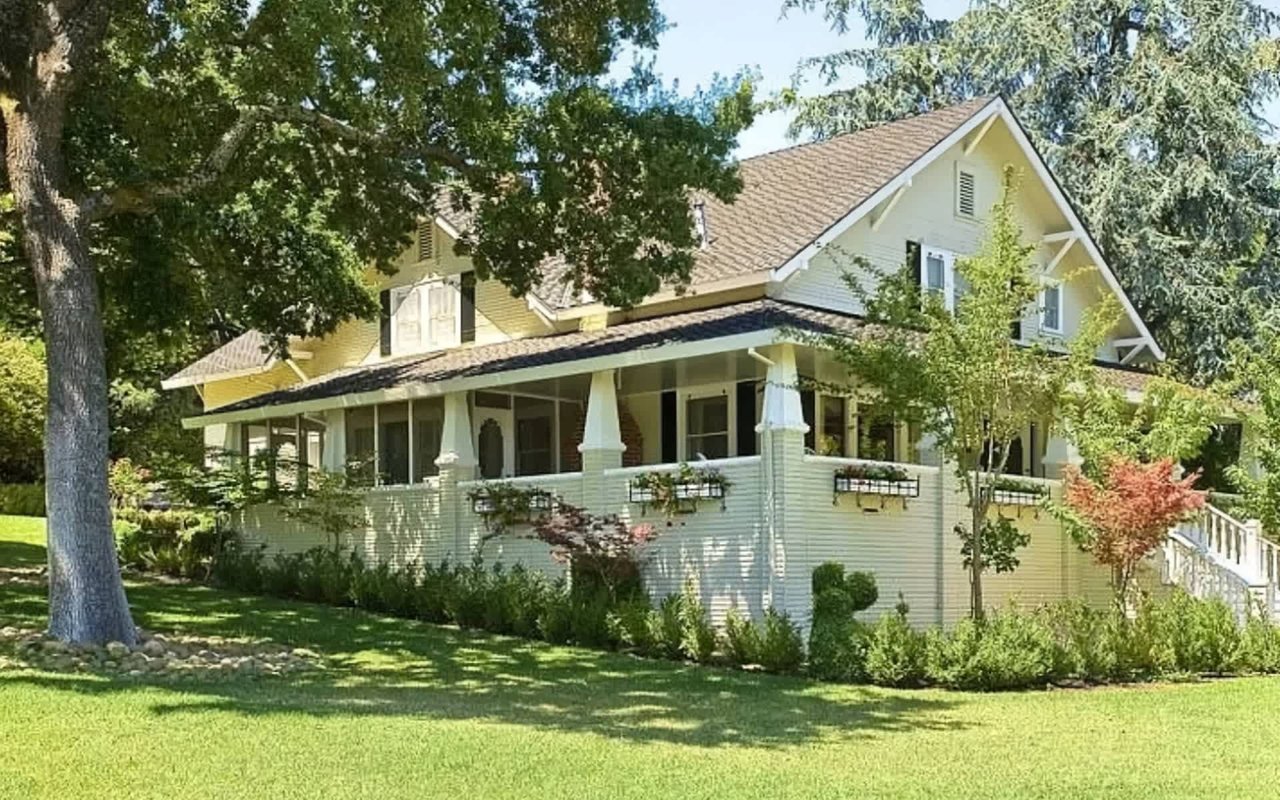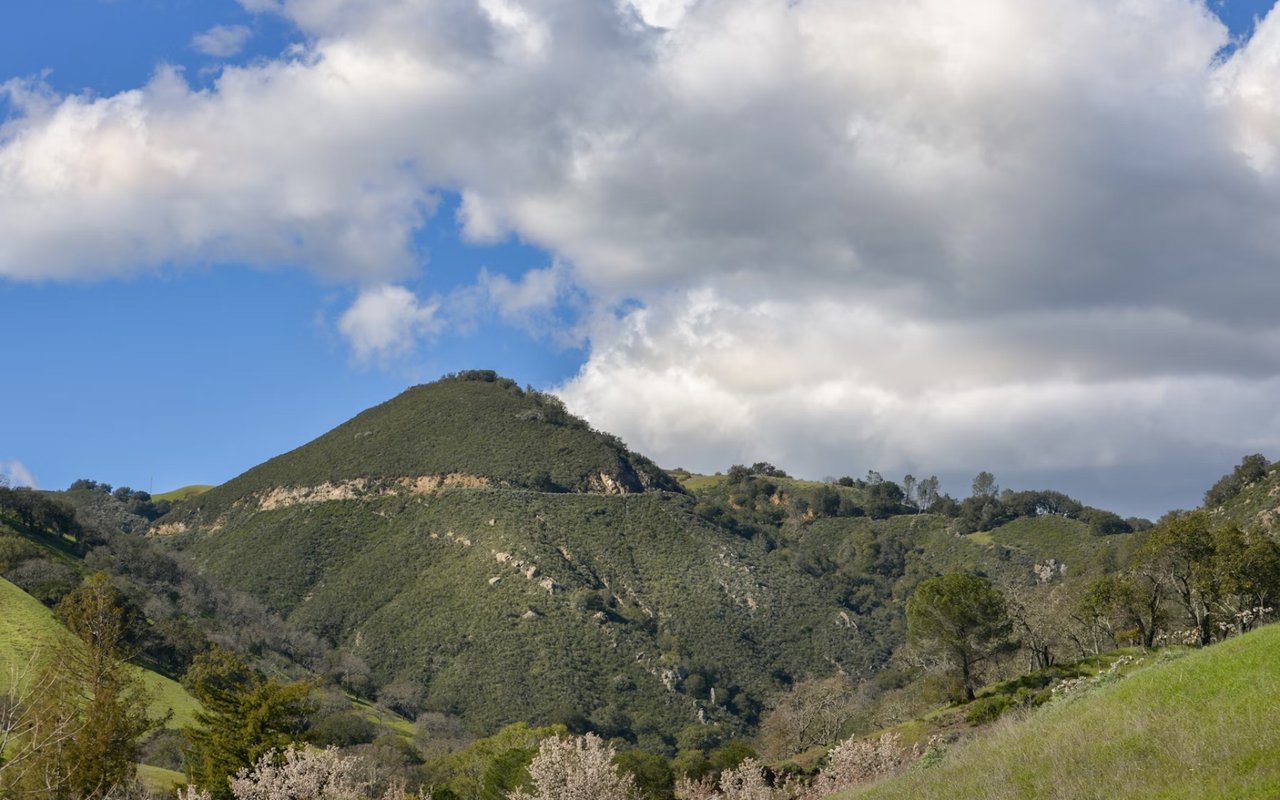Alamo, Calif., is a small, unincorporated community nestled in the scenic San Ramon Valley. It offers a unique blend of rich history, natural beauty, and modern suburban comfort. Known for its rolling hills, expansive green belts, and tight-knit community atmosphere, Alamo has a charm that is both timeless and distinctly Californian.
The history of Alamo is a tapestry woven with the stories of early Native American inhabitants, Spanish missionaries, Mexican ranchos, and American settlers — all of whom contributed to the town's vibrant cultural heritage. Today, Alamo is a testament to thoughtful growth and careful preservation, combining its historical roots with a forward-thinking mindset.
For those seeking a peaceful yet connected lifestyle, Alamo perfectly balances rural tranquility and suburban convenience, making it an ideal choice for anyone looking to call this historic and charming community home.
Early Native American Presence
Long before modern settlement, the land that is now Alamo was home to Native American tribes, particularly the Bay Miwok people. These indigenous groups lived off the fertile land, with the nearby creeks and hills providing a rich environment for hunting, fishing, and gathering. Their presence is evident through archaeological finds and cultural remnants unearthed over the years.
The Miwok people had a deep connection with the land, and the seasons and natural cycles heavily influenced their way of life. They developed complex social structures and were known for basket weaving and other crafts. Understanding this early history offers a glimpse into the deep roots of Alamo, setting the foundation for what the area would become.
Spanish Exploration and Mission Era
In the late 18th century, Spanish explorers arrived in California, significantly altering the course of Alamo's history. As part of their mission expansion, the Spanish sought to convert Native Americans to Christianity and establish settlements throughout the region. The area around Alamo became part of the vast land controlled by the San Francisco de Asís Mission, also known as Mission Dolores. The introduction of European agriculture, livestock, and religious practices characterizes the history of Alamo, CA, during this era.
This period marked significant changes for the indigenous population, with many being moved to mission grounds and adopting new ways of life. The establishment of these missions set the stage for future development in Alamo and the surrounding areas, laying the groundwork for ranchos and more extensive land holdings that would come in the next century.
Mexican Land Grants and the Rancho Era
Following Mexican independence from Spain in 1821, California transitioned to Mexican rule, leading to the secularization of missions and land redistribution. Alamo, CA, became part of the Rancho San Ramon, granted to José María Amador in 1834. The rancho era introduced ranching and large-scale agriculture to the area, with cattle grazing becoming a prominent economic activity.
This period of Alamo's history is marked by the development of vast ranchos, which fundamentally changed the landscape and economy of the region. Rancho life was vibrant, with fiestas, cattle drives, and community gatherings playing central roles in the local culture. The era was relatively short-lived, as California's annexation by the United States in 1848 after the Mexican-American War brought about new changes.
The California Gold Rush
The discovery of gold in 1848 near Sutter's Mill brought an influx of settlers and prospectors to California, fundamentally transforming the region. Although Alamo was not directly involved in gold mining, its location along the routes to the Sierra Nevada foothills made it a significant stop for those traveling to the goldfields. During the Gold Rush era, Alamo was defined by increased traffic, trade, and opportunities as new settlers sought land and business ventures.
The influx of people created a demand for agricultural products, which local farmers in Alamo and surrounding areas were quick to supply. This period also saw the growth of infrastructure, including roads and stagecoach routes, facilitating travel and commerce through the area and connecting Alamo to the broader economic activities of the time.
Agricultural Development and Community Formation
As the Gold Rush waned, many prospectors turned to farming, leading to significant agricultural development in Alamo. The fertile land and mild climate were ideal for growing various crops, including fruit orchards and vineyards. During the latter half of the 19th century, Alamo transitioned from a rural, ranching economy to a more diversified agricultural community. New residents established a more structured community with new farms, schools, and churches. As more settlers arrived, Alamo began to transform into a recognizable town, with the development of local businesses and community organizations that provided social and economic support.
The Rise of Infrastructure and Transportation
With the expansion of the railroad network in California in the late 19th and early 20th centuries, Alamo benefited from improved transportation links. Although the town itself was not directly on the rail lines, nearby stations facilitated the transport of goods and people, further integrating Alamo into the region's economic framework. In keeping with the nation’s Industrial Revolution, Alamo saw advancements in transportation that connected it to larger cities like Oakland and San Francisco.
Early 20th Century Growth and Suburbanization
The early 1900s marked a period of significant growth for Alamo as the area began to transition from agricultural lands to a more suburban environment. The development of new residential areas attracted families looking for a peaceful and spacious place to live, away from the crowded cities but still within commuting distance. As families settled in, the demand for community facilities increased, including schools, parks, and recreational spaces. This growth laid the foundation for the tight-knit, community-focused atmosphere that continues to define Alamo today.
Post-World War II Boom and Modern Development
The post-World War II era brought rapid development and expansion to many suburban communities in California, including Alamo. As veterans returned home and the population grew, the demand for housing skyrocketed. Alamo’s history during the 1950s and 1960s is marked by a surge in suburban development, with new subdivisions, shopping centers, and community facilities emerging to accommodate the growing number of residents. The expansion also brought challenges, such as managing growth sustainably while preserving the natural beauty and charm that attracted residents in the first place.
Alamo’s Place in the Broader San Ramon Valley
Alamo’s history is deeply connected to the broader development of the San Ramon Valley, a region known for its scenic landscapes and prosperous communities. Alamo has contributed to the area's growth, blending rural charm with suburban convenience. This interconnectedness continues today as Alamo maintains strong ties with surrounding communities like Danville and Walnut Creek, sharing resources, schools, and recreational facilities, fostering a regional spirit of cooperation and mutual growth.
The Modern-Day Alamo
Today, Alamo is a vibrant, unincorporated community that prides itself on its rich history and strong sense of identity. The history of Alamo, CA, has shaped it into a place that values its past and future, offering a welcoming environment for those who call it home. Modern Alamo boasts a range of recreational opportunities, community events, and local businesses that continue to honor the town's legacy. The community’s commitment to preserving its character while embracing growth ensures that Alamo remains a cherished place for generations.
About Jill Fusari
Looking to buy or sell real estate in Alamo, Danville, Walnut Creek, Lafayette, or San Ramon? Work with Jill Fusari, a dedicated real estate professional with 17 years of experience. Jill's personalized approach, attention to detail, and expert negotiating skills ensure an effortless and enjoyable real estate process. As a 20-year resident of Alamo with unmatched local knowledge, Jill is committed to helping you achieve your real estate goals with excellence.





